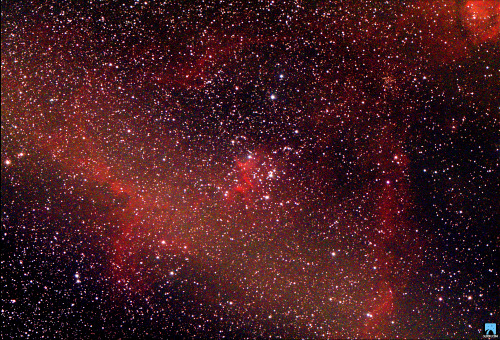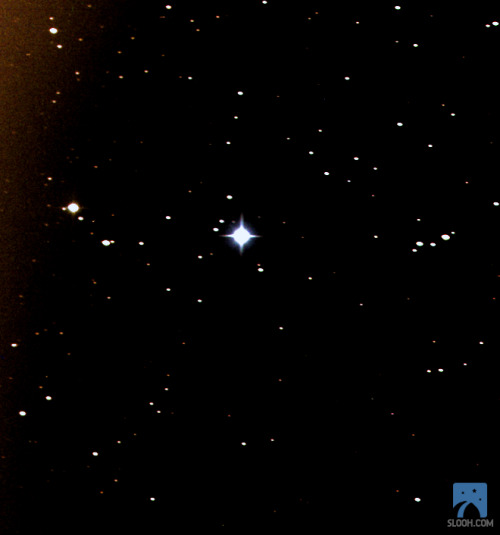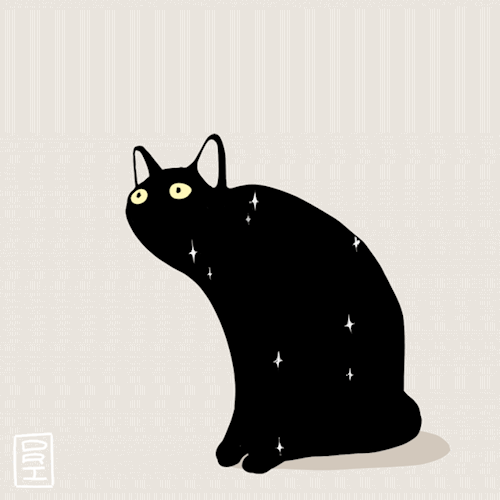This Is The Blue Moon! 🌝✨🌝✨🌝✨

This is the Blue Moon! 🌝✨🌝✨🌝✨
A blue moon occurs when there are more than 1 full moon per month (it’s not actually blue 😭). We were lucky to have it on Halloween since this occurrence is pretty rare: the next time there will be a blue moon on Halloween is 19 years from now! 👻🎃🦇🍬🍭🍫
Taken by me (Michelle Park) using the Slooh Canary Two telescope on October 31st, 2020 at 23:29 UTC.
More Posts from Mystarypi and Others

This is the Tarantula Nebula! 🌈🌈🌈
For some reason, this photo really highlighted the red and blue colors of this nebula - making it look a lot more colorful. This huge star-forming region is located in our satellite galaxy, the Large Magellanic Cloud, and has hot gas up to a million degrees in temperature that shape this nebula! ✨✨✨
Taken by me (Michelle Park) using the Slooh Canary Two telescope on December 23rd, 2020 at 2:57 UTC.

This is the Heart Nebula! 💖💖💖
Happy Valentine’s Day! To celebrate this occasion, here is the beautiful Heart Nebula, an emission nebula with dark dust lanes and glowing red hydrogen gas. The heart shape of the nebula is driven by stellar winds from the hot stars inside, some of which have masses up to 50 times the Sun! 💕💕💕
Taken by me (Michelle Park) using the Slooh Canary Two telescope on February 7th, 2022 at 21:13 UTC.

This is the Gabriela Mistral Nebula! 💫💫💫
Gabriela Mistral is a Chilean poet who was the first Latin American author to win a Nobel Prize in Literature. This nebula has her name because some believe that it resembles her (I honestly don’t know why 😂). Millions of years ago, a deposit of gas resulted in a surge of star formation that heats up and radiates this region today! ✨✨✨
Taken by me (Michelle Park) using the Slooh Chile Two telescope on January 13th, 2021 at 5:17 UTC.



the john rylands library

This is Ceres! 🌠🌠🌠
Ceres is the only dwarf planet in our inner solar system and the largest object within the Asteroid Belt. Water vapor is being released from the dwarf planet, resulting in Ceres losing 6kg of its mass per second through steam! 🌊🌊🌊
Taken by me (Michelle Park) using the Slooh Canary Two telescope on March 7th, 2022 at 20:11 UTC.

Spooky Goosy

Eye in the sky by europeanspaceagency

This is the Trifid Nebula! 🌺🌺🌺
With an age of around 300,000 years, this nebula is one of the youngest emission nebulae known. Its name comes from the multiple dust lanes across the nebulae that cover a newly born cluster of stars! ✨✨✨
Taken by me (Michelle Park) using the Slooh Canary Two telescope on August 24th, 2021 at 22:48 UTC.

L I Q U I D S
★Insp★

M16, Eagle Nebula
-
 crybabywhatever liked this · 4 years ago
crybabywhatever liked this · 4 years ago -
 avatarstitch liked this · 4 years ago
avatarstitch liked this · 4 years ago -
 rosaturn liked this · 4 years ago
rosaturn liked this · 4 years ago -
 moonangel898 liked this · 4 years ago
moonangel898 liked this · 4 years ago -
 matildaanordinarybabyboomer59 reblogged this · 4 years ago
matildaanordinarybabyboomer59 reblogged this · 4 years ago -
 matildaanordinarybabyboomer59 liked this · 4 years ago
matildaanordinarybabyboomer59 liked this · 4 years ago -
 flxtbxsh liked this · 4 years ago
flxtbxsh liked this · 4 years ago -
 nova-minaj liked this · 4 years ago
nova-minaj liked this · 4 years ago -
 liverya-blogg liked this · 4 years ago
liverya-blogg liked this · 4 years ago -
 psycotherapy liked this · 4 years ago
psycotherapy liked this · 4 years ago -
 sistersachi liked this · 4 years ago
sistersachi liked this · 4 years ago -
 s0nderrr liked this · 4 years ago
s0nderrr liked this · 4 years ago -
 introvertedmermaid liked this · 4 years ago
introvertedmermaid liked this · 4 years ago -
 hesapphic liked this · 4 years ago
hesapphic liked this · 4 years ago -
 narcissisticbitchh7 liked this · 4 years ago
narcissisticbitchh7 liked this · 4 years ago -
 yashsoni666 liked this · 4 years ago
yashsoni666 liked this · 4 years ago -
 fabspidey30 liked this · 4 years ago
fabspidey30 liked this · 4 years ago -
 theilliumbluebell10 reblogged this · 4 years ago
theilliumbluebell10 reblogged this · 4 years ago -
 theilliumbluebell10 liked this · 4 years ago
theilliumbluebell10 liked this · 4 years ago -
 wil-reblogs-things reblogged this · 4 years ago
wil-reblogs-things reblogged this · 4 years ago -
 crow-of-ohio liked this · 4 years ago
crow-of-ohio liked this · 4 years ago -
 plantsandfaucets reblogged this · 4 years ago
plantsandfaucets reblogged this · 4 years ago -
 agentalysswolf reblogged this · 4 years ago
agentalysswolf reblogged this · 4 years ago -
 lunasun liked this · 4 years ago
lunasun liked this · 4 years ago -
 clevverfoxx liked this · 4 years ago
clevverfoxx liked this · 4 years ago -
 stealing-storms liked this · 4 years ago
stealing-storms liked this · 4 years ago -
 mlydo liked this · 4 years ago
mlydo liked this · 4 years ago -
 newmarinette liked this · 4 years ago
newmarinette liked this · 4 years ago -
 thats-so-gabe-babe reblogged this · 4 years ago
thats-so-gabe-babe reblogged this · 4 years ago -
 thats-so-gabe-babe liked this · 4 years ago
thats-so-gabe-babe liked this · 4 years ago -
 swiftloss liked this · 4 years ago
swiftloss liked this · 4 years ago -
 stefanodd liked this · 4 years ago
stefanodd liked this · 4 years ago -
 cosm1cchloe liked this · 4 years ago
cosm1cchloe liked this · 4 years ago -
 shinyangelvoidfriend-blog liked this · 4 years ago
shinyangelvoidfriend-blog liked this · 4 years ago -
 porkkchopp13 liked this · 4 years ago
porkkchopp13 liked this · 4 years ago -
 asternots liked this · 4 years ago
asternots liked this · 4 years ago -
 beautifulliessz liked this · 4 years ago
beautifulliessz liked this · 4 years ago -
 whomans-are liked this · 4 years ago
whomans-are liked this · 4 years ago
